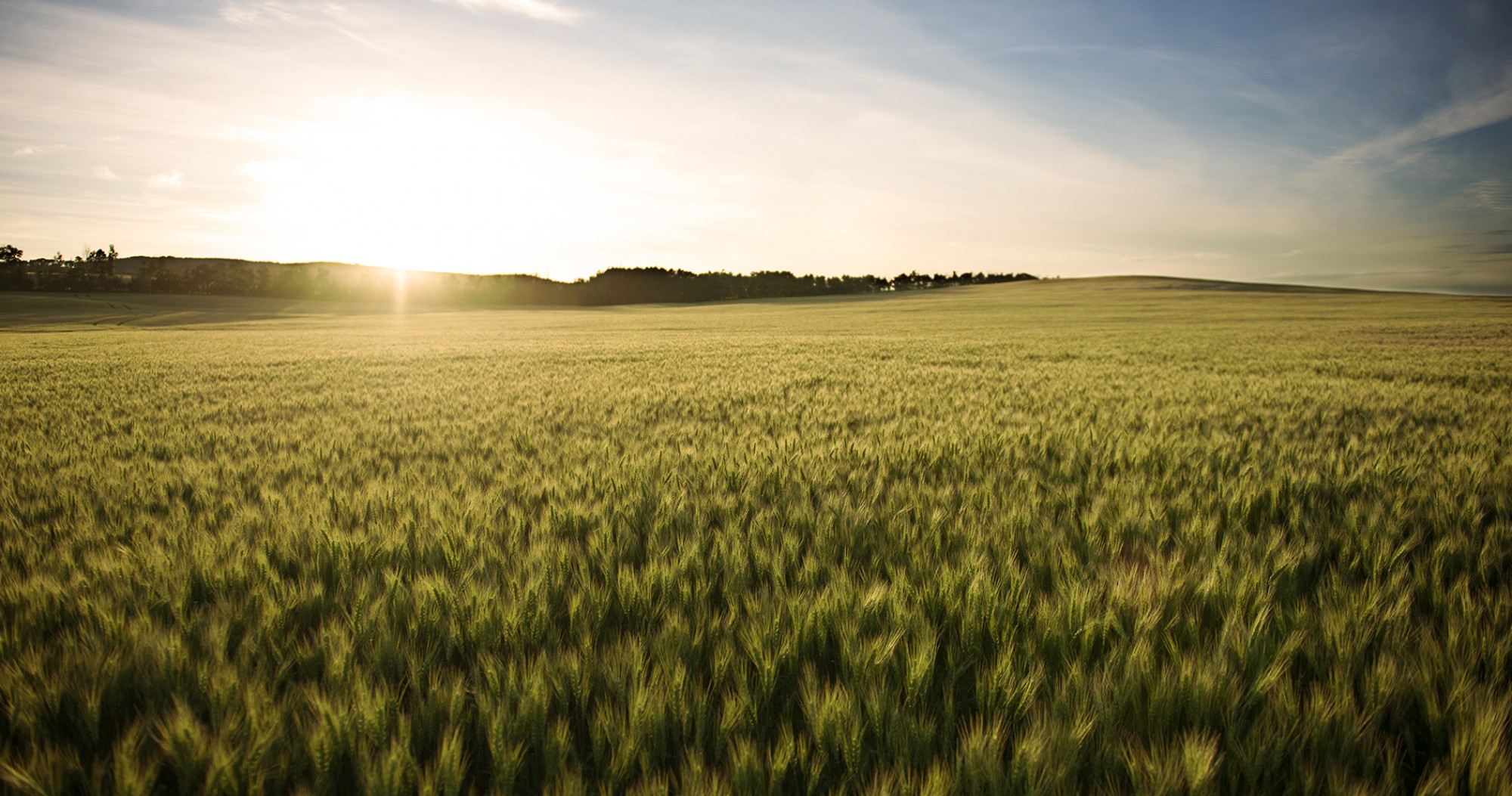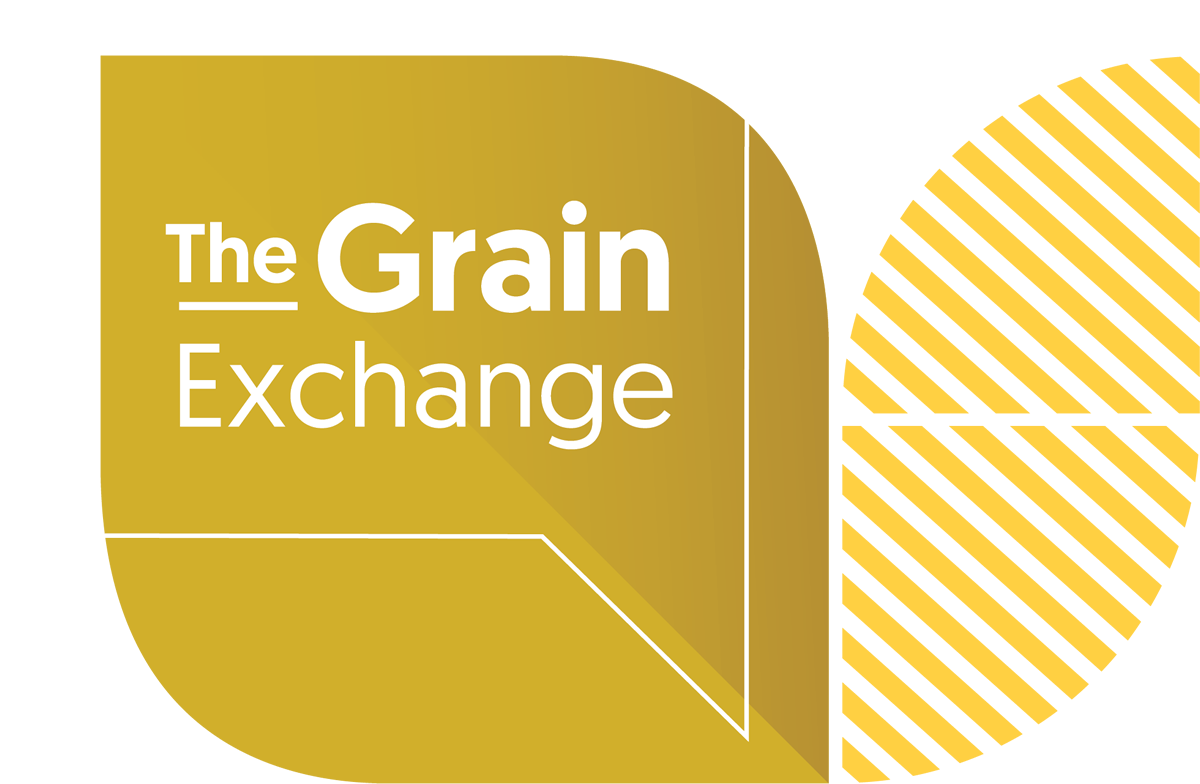The top wheat and barley Q&A from Agronomy Update 2023
You know what they say, there is no such thing as a stupid question. Chances are, if you have a question, others are likely asking the same thing. On January 10 and 11, 2023, the third annual virtual Agronomy Update provided over 500 attendees with novel and relevant research information related to current production challenges. The event allowed attendees to engage with presenters through an online Q&A to further facilitate knowledge transfer. Here are some of the discussions that came up during the online event that you might also find to be valuable!
Presenter: Benjamin Ellert – AAFC Lethbridge
Topic: Managing carbon for soil health in wheat-base cropping systems
Q: Can you supplement soils with biochar?
A: Whenaddedasasoilamendment,biocharisnotforever,butit can be more persistent than other carbon-rich amendments like crop residue and livestock manure. Proper assessment of the role for biochar requires careful consideration of where the biomass feedstock was obtained, and the environmental implications of feedstock harvesting and processing. Too often prescriptions for using biochar as a soil amendment are based on simple, narrowly- focused studies where crop yields or soil properties are measured in response to biochar application. To more fully account for the place of biochar in Canadian agriculture, it will be essential to consider the broader implications of feedstock source, rival uses of that feedstock, energy and other co-product harvest during processing, transfer of minerals and even toxins beyond the rings of elemental carbon that are prevalent in biochar and related materials.
Presenter: Michael Harding – Alberta Agriculture and Irrigation
Topic: Awareness and management of bacterial leaf streak in cereals
Q: Any indication that tillage or burying crop residue will reduce spread of bacterial leaf streak to following crops?
A: In theory, anything that accelerates crop residue decomposition should help reduce the risk of bacterial leaf streak. However, tillage has never been proven as a foundational management practice for any pathosystem I’m aware of. There always seems to be inconsistent or mixed results with using tillage to manage diseases. One might consider using tillage to help deal with an extreme problem, but I don’t recommend using tillage as a foundational disease management tool.
Q: Are we seeing more of a bacterial leaf streak infection concern on any one wheat variety?
A: We hear anecdotally that some cultivars have been much more likely to have issues. But we don’t know yet if this is related to seed transmission or varietal susceptibility. Work is ongoing at the University of Saskatchewan to sort some of this out.
There are varietal susceptibility ratings for some cultivars grown in the USA that can be found at university extension websites such as ag.ndsu.edu/smallgrains and varietytrials.umn.edu/spring-wheat.
Presenter: Zhenyi Li – University of Alberta
Topic: Managing wild oats in a cereal cropping system
Q: Does seeding wheat at a high seeding rate very early get you ahead of wild oats?
A: An increase in wheat seeding rates will help wheat better compete with wild oats.
The range of wild oat emergence is varied. Most of them emerge in early to mid-spring. Early planting will not change how many wild oats emerge with spring wheat. Furthermore, cool wet conditions promote wild oat emergence.
If soil applied herbicides and/or post herbicide can be used and limit wild oat growth in the early season, spring wheat will have a better condition to grow.
Presenter: Charles Geddes – AAFC Lethbridge
Topic: 2021 Alberta kochia survey results
Q: What are your sources of large area weed (kochia) seed collections across Alberta, Saskatchewan and Manitoba, and what is the accuracy of color map interpolation to represent different county’s herbicide resistance?
A: We collect seeds from roughly 300 kochia populations each year, and in a different province. However, the seed viability does decline over time. The maps show the status in the province should not be interpolated to other counties. However, the kochia surveys do cover the counties or rural municipalities where kochia is most abundant in each province.
Q: Have there been any reports, or work on potential glufosinate resistant kochia?
A: There have been no reports of glufosinate-resistant kochia to-date. That is not to say that it does not occur, but we have not tested for this systematically. It is potentially something to consider moving forward. Feel free to contact me at charles.geddes@agr.gc.ca and submit a sample if you would like it tested.
Q: Can we collect seed from the soil in the spring for testing or are there any in-season tools? Is the best timing for sample collection in the fall when the “Christmas trees” show up?
A: The best time to collect kochia seed is in the fall, but understandably not ideal to leave the plants to grow into “Christmas trees”. We are working on developing molecular tests that could use leaf tissue during the growing season. This is already possible for glyphosate resistance. The samples tested could also be grown out from field soil. Another option is to harvest the field as you normally would, then collect seed from the lateral branches that remain beneath the cutter bar height. There is lots of seed still on these branches after harvest.

